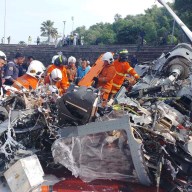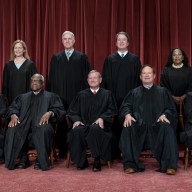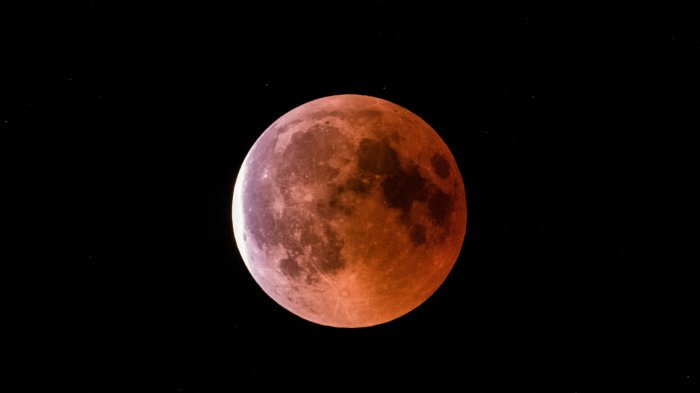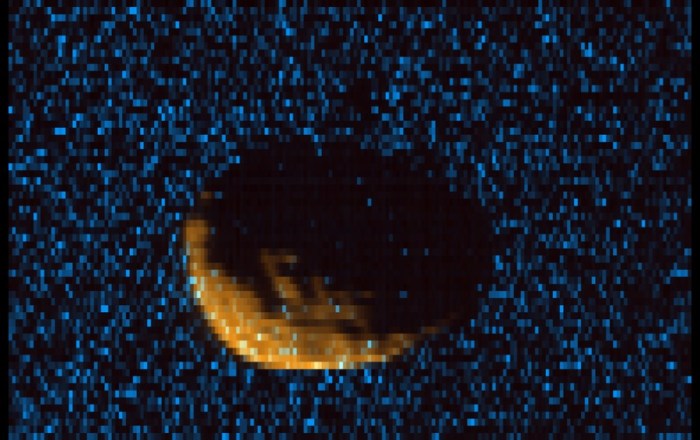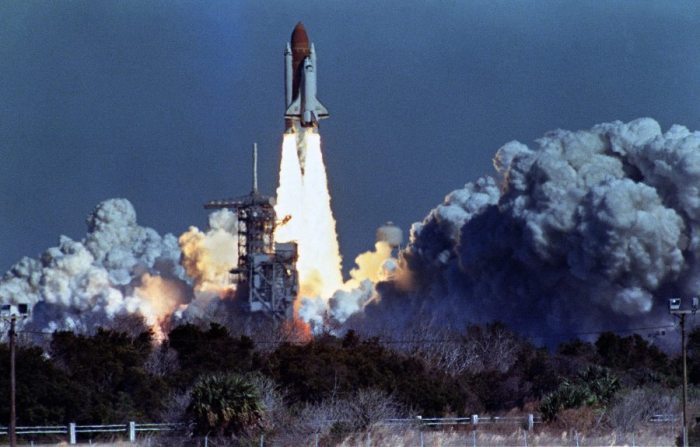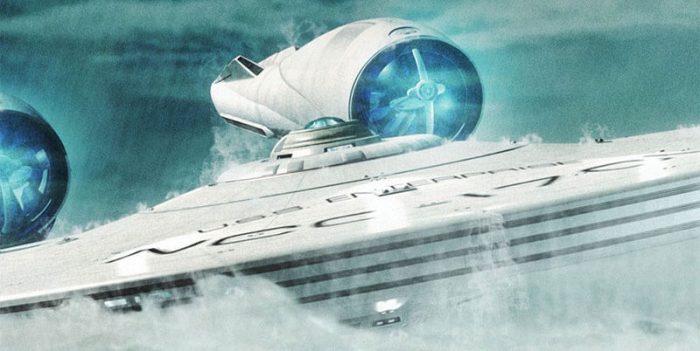There are a lot of things floating in space, and among the planets, stars and satellites, within the International Space Station, are some fruit flies from a City College of New York lab.
Those fruit flies and their parasites — a type of wasp growing in space with them — may provide some important insight into the health and immune systems of astronauts who go on space missions, said Shubha Govind, a professor of biology at the City College of New York.
Astronauts’ immune systems can be vulnerable while on long-term space exploration missions, she said. They could be at risk of infections or dysfunction, and scientists don’t yet understand how their bodies will react while in space.
“We worry, on long-term missions, how the immune system of humans will change,” Govind said. “Will we be ready for unknown factors and events?”
But what does this have to do with fruit flies?
“Fruit flies have been used as a stand-in, a surrogate for understanding fundamental principles of biology for over a century,” she explained.
Researchers have looked at fruit fly immune systems to help develop new human vaccines and to even better understand how immune systems overall evolve and adapt to changes. The fruit fly genome has more than 70 percent of the disease genes identified in humans, Govind said.
Fruit flies have also been up in space before for biological experiments, she added. But the one she’s spearheading, for which she won a $500,000 NASA grant three years ago, is a first.
“This is the first time we’re sending this model of the fruit fly and [its natural] parasite together,” she said. Those parasitic wasps need the fruit fly host to live, so there is a sort of “biological” arms race going on between the two.
“The question,” Govind said of these insects in space, “is, ‘Who wins the arms race?’”
The samples were launched into space on April 2nd and are due to return to Earth in early May, after having been up there for about 30 days.
“As we speak, we are preparing for the samples to come back and to basically look at as many parameters as we can quickly so that the effects of Earth’s conditions don’t take over,” Govind said.
There’s a lot of unknowns, and though she said she’s been thinking about all the “what ifs,” she isn’t sure what she will learn when looking at the space samples and comparing them to control samples on Earth at the Kennedy Space Center. She’s open-minded, though, and preparing to look “at all levels” to hopefully get some clear answers that can help astronauts.









